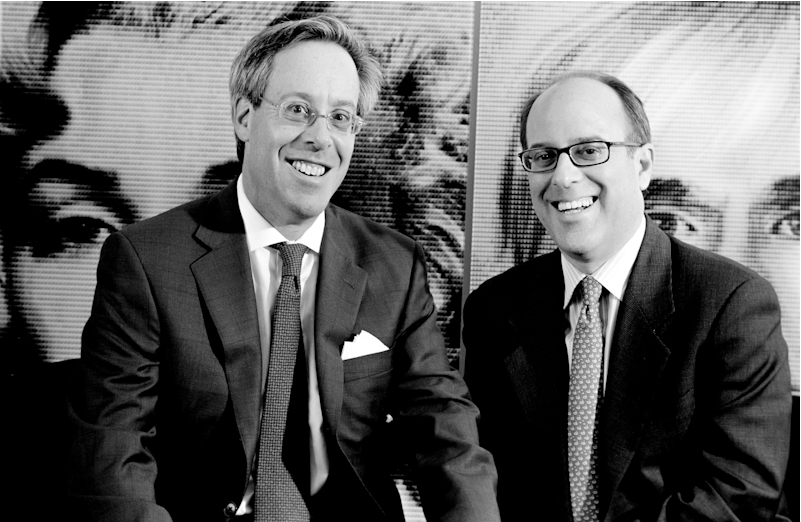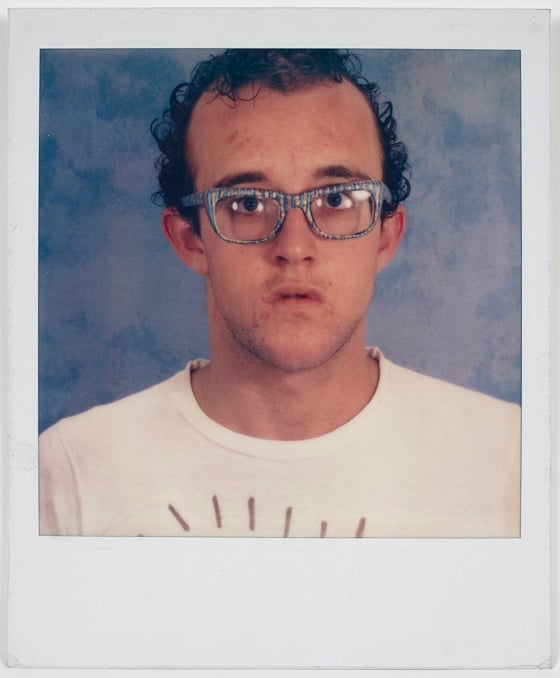Art & Exhibitions
On the Case: Exploring Real World Art Law Issues
If the experts won't tell you if your art is authentic, who can tell you?

If the experts won't tell you if your art is authentic, who can tell you?

Charles and Thomas Danziger


The Keith Haring Foundation is one of several artist foundations that no longer authenticate works. Photo: Courtesy the Keith Haring Foundation.
A perennial problem facing the art market is how to treat legitimate works of art which for one reason or another have not been labeled as “authentic” by past or existing authentication committees —the boards that are often established after a prominent artist’s death to protect his or her legacy. As it happens, this past February and March saw several significant lawsuits involving just such artist authentication committees.
In February, nine Keith Haring collectors sued the Haring Foundation (which disbanded its authentication committee in 2012) and its directors in Federal Court for $40 million for refusing to consider information that would establish the provenance of their works and for publicly labeling them fakes, thereby (claimed the plaintiffs) effectively destroying their value.
In March, the Swiss art dealer Patrick Cramer sued the Calder Foundation in Federal Court for $3.5 million for allegedly making false claims that his Calder mobile, Eight Black Leaves, was “incomplete” – even though (according to the complaint) Calder himself never objected to inclusion of the mobile in a 1950 catalog issued by Cramer’s father’s gallery.
Because of the threat of litigation, authentication boards for artists such as Warhol, Basquiat, and Lichtenstein have recently closed up shop and no longer authenticate works by these artists. Similarly, individual art experts, curators, and the authors of catalogues raisonnes (comprehensive lists of artists’ works) have also become rightly fearful of potential legal liability in offering an opinion on authenticity.
An addition to New York’s Art and Cultural Affairs Law proposed in March would, if approved, help to protect authenticators from frivolous claims. A plaintiff suing an authenticator would need to specify the facts supporting each part of each claim and prove the claim by clear and convincing evidence (a higher hurdle than preponderance), while the authenticator could recover legal fees if successful in defending the claim.
When dealing with authentication committees, collectors should be aware of the risks: most savvy committees provide that a collector agrees not to bring an action if the board turns down his work, and further require the collector to indemnify the committee for any claims based on the results of the authentication process. Further, a work rejected by a committee typically has little or no commercial value, and in some cases may even be destroyed by the board, as in the recent decision of Paris’s Chagall Committee to destroy a Chagall that it deemed fake.
The flip side of the risks involved in sending a work for authentication is that, in the absence of a “stamp of approval” (which may, in fact, be a literal stamp on the back of a work) from an authentication committee, works by many well-known artists with no stamp, may also have little or no value. The result: a Catch-22 for collectors of works which are not already well-established as having been created by the artist in question.
Perhaps not surprisingly, many of our dealer clients won’t touch works which haven’t already been authenticated by the appropriate committee, and, in the case where a committee has disbanded, will steer clear of works not already vetted by the committee. Those clients who are willing to consider works prior to authentication by the appropriate committee look for third party confirmation of a work’s authenticity. For instance, prominent art dealer Cristin Tierney of Tierney Gardarin advises that “in the absence of authority, ‘PEL’ becomes critical: Provenance, Exhibition history, and Literature.”
So where do U.S. courts stand on the issue of authentication committees and the art market? Most cases involving authentication committees have absolved them of liability, although in recent years plaintiffs have raised new arguments based on a variety of legal theories, including (most recently) the theory of antitrust.
In the first case where a court recognized an antitrust claim for art authentication —which was brought prior to the disbanding of the Andy Warhol Art Authentication Board in 2012— Joe Simon-Whelan, a close friend of Warhol, sued the Warhol Foundation, the Andy Warhol Art Authentication Board, and others in federal court in 2007 for conspiring to restrain trade and monopolize the Warhol market. The chairman of the Foundation, Fred Hughes, had authenticated Simon-Whelan’s silkscreen self-portrait of Warhol in 1989, but later the Andy Warhol Art Authentication Board (created eight years after the Foundation) decided twice not to authenticate the work. Because this case was settled and not appealed, examined, or reversed, and because the relatively small (but increasing) number of art law cases tend to be self-referential, other art cases are likely to rely on it.
In the Haring case in February, plaintiffs claim that the Haring Foundation’s actions have “limited the number of Haring works in the public domain, thereby increasing the value of the Haring works that the foundation and its members own or sell.”
In the Calder case in March, where the Calder Foundation refused to issue an inventory number for Cramer’s mobile (instead of a certificate of authenticity, since the Foundation no longer formally authenticates Calder works), the plaintiff alleged: “This wrongful act is part of a larger pattern in which the Foundation has controlled the market for Calder works through arbitrary determinations of authenticity. The Foundation’s authenticity decisions are fueled by the Foundation’s conflict of interest – and its self-interest – as both the arbiter of authenticity and the owner of numerous Calder works worth millions of dollars.”
For plaintiffs, such anti-trust claims have the practical advantage of overriding any contractual promises not to sue.
Of course, most artists don’t have their own authentication committees; instead, collectors rely on auction houses, catalogues raisonnes and independent experts. No matter what legal theories are raised in authentication cases, in the U.S. —unlike, say, in France, where courts decide authenticity— it is the art market itself, and not the courts, that ultimately decides whose opinion matters in determining what is an authentic work and what is not.

Thomas and Charles Danziger are New York-based art lawyers who represent collectors, dealers, banks, auction houses and others in the art community. For more information, visit www.danziger.com. Their column “On The Case” will appear periodically on artnet News. Photo: Kate Simon.